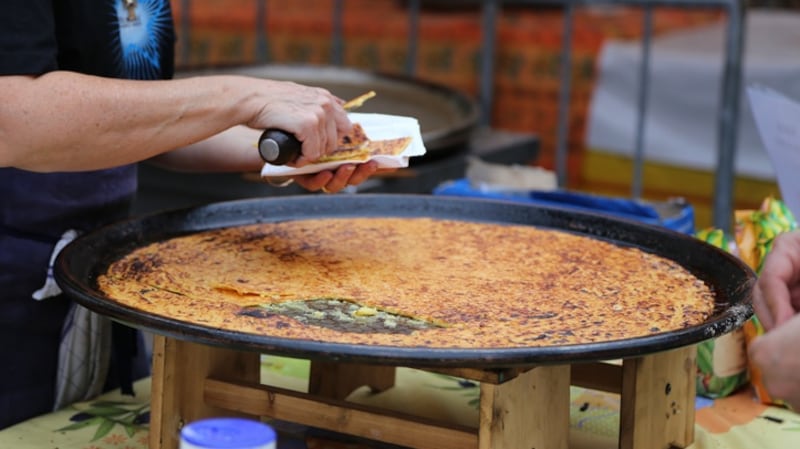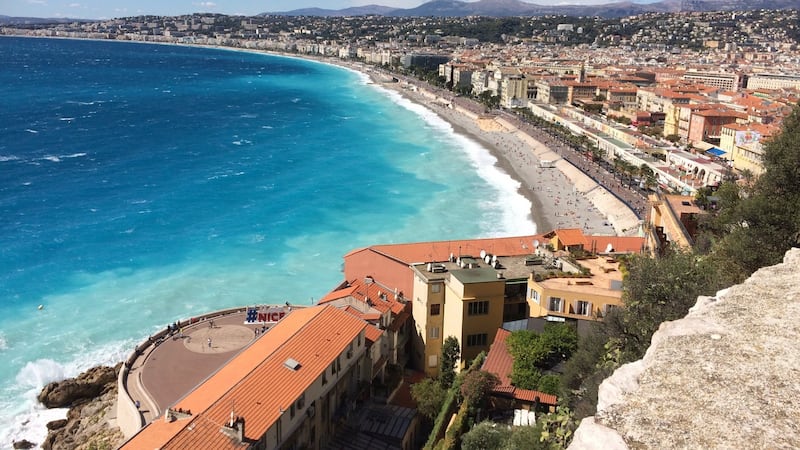Where is the first place you bring people to when they visit Nice?
The Old Town, Le Vieux Nice. It’s an obvious choice and yes, it is full of tourists, but there’s a reason for that: it’s beautiful. The historic centre is a maze of narrow winding streets that open into beautiful sunshine-lit squares. It’s full of little boutique shops, artists’ ateliers, bars and cafes to linger at, baroque churches, turn of the century palaces and all washed in the prettiest palette of yellows and ochres. It’s not just a pretty postcard though, it’s the living breathing heart of Nice.
The top three things to do there, that don’t cost money, are ...
Visit the Colline du Château, which is the original site of Nikaia (Nice) built by the Greeks. Today it is an oasis of quiet parkland with the most dramatic views over the Promenade des Anglais and stretching all the way up to the snow-capped Alps.
Go to the beach. A city with a beach in this climate is a pure joy. The end of the long working day when holiday makers are heading home is when you’ll find the locals heading down for a quiet swim.
Browse the markets. Antiques on Mondays, flowers during the week, fruit, vegetables and artisan products at the weekends. The atmosphere is so Provençal and the epitome of French life.

Where do you recommend for a great meal that gives a flavour of Nice?
Anywhere around Nice Port area. It is becoming the gastronomic centre of Nice. Jan’s recently earned its first Michelin star and has been a talking point among locals for years. The flavour of Nice is very Italian and specialities include socca (a type of pancake made with chickpea flour), wild boar and, of course, the Niçoise salad.
Where is the best place to get a sense of Nice’s place in history?
The Promenade des Anglais is where to get a sense of the beginning of the French Riviera. It is easy to imagine European royalty spending their winters there. But for a real sense of Nice’s ancient history, you must head to the surrounding hills and the incredible fortified, perched villages such as Peille or Peillon, Eze or La Turbie, to see sights of invading Romans, marauding Franks, or imagine Hannibal marching his elephants over the mountain paths.

What should visitors save room in their suitcase for after a visit to Nice?
Olive oil. It’s a speciality and the olives and oil native to Nice are a rare and precious thing. The Cailletier olive or Olive de Nice, is said to only grow where it can smell the sea and the region is dotted with ancient trees, some older than 1000 years. Search out Nadim who owns Olivera in Old Nice who sells the best selection of oils and does taste tests, it’s a education and a taste delight. Welcome to Nice, my adored adopted home.
If you’d like to share your little black book of places to visit where you live, please email your answers to the five questions above to abroad@irishtimes.com, including a brief description of what you do there and a photograph of yourself. We’d love to hear from you.












